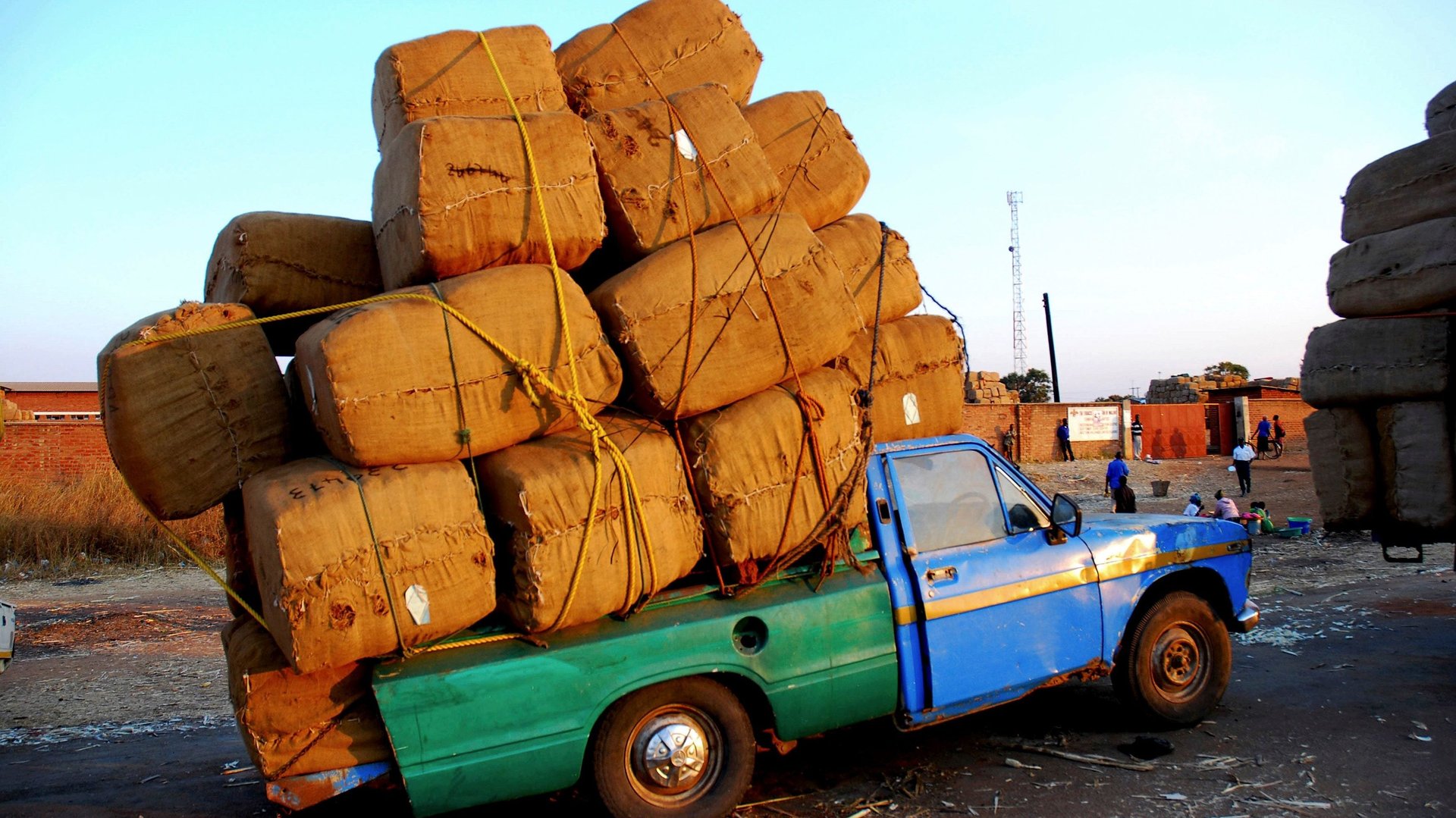Africa’s growing public debt problem may be worse than we thought
Last month, ahead of his ill-fated African tour, then US secretary of State Rex Tillerson warned African governments about the amount of debt they were amassing from China. In reaction, there was collective eye-rolling around the world, especially in Africa, as China’s largest debtor seemed to be lecturing African countries, without irony, about the perils of taking on too much credit from the Chinese.


Last month, ahead of his ill-fated African tour, then US secretary of State Rex Tillerson warned African governments about the amount of debt they were amassing from China. In reaction, there was collective eye-rolling around the world, especially in Africa, as China’s largest debtor seemed to be lecturing African countries, without irony, about the perils of taking on too much credit from the Chinese.
That said, African debt, regardless of where it comes from, was a key topic when we spoke with IMF Africa director Abebe Selassie at a Quartz/Invest Africa Q&A event for investors in New York last week. The IMF has warned African countries in recent months about the risks of mounting debt, which have been exacerbated by falling commodity prices in many countries or over-spending in others.
“What we are pointing to is the need to push back against this increase in debt,” said Selassie. For him and his colleagues, borrowing to build capacity is all well and good if governments spend wisely. “What’s really needed now is to try and capture the return on investments by those governments that invested in roads, electricity, water supply, etcetera,” he said. Ultimately, the IMF thinks there hasn’t been a broadening of the tax base in many countries sufficient enough to diversify economies away from their over-reliance on commodities, or even charging for electricity at the level necessary to repay the debts accrued by these investments.
Selassie said he doesn’t see Chinese debt as any more significant than private capital market financing and eurobonds. “What is really important is transparency, the framework and what use the money is put to and very importantly, that it’s generating capacity, building executions so as to be able to service this debt” he said.
Some analysts have described the African debt situation as a ticking time bomb. In fact, an upcoming paper from Brookings argues the IMF and World Bank haven’t rung the debt alarm bell loudly enough. Brookings claims they won’t do so until at least one of Africa’s big five economies—Nigeria, South Africa, Angola, Ethiopia, or Kenya—becomes debt distressed. Among other metrics, the paper assesses debt dynamics by looking at the difference between the debt interest rate and economic growth. By that measure, it clearly shows the cost of borrowing for most African nations far exceeds economic growth.
African countries with heavy debt loads
African countries with fast-growing debt loads
* Brookings tables based on data from the IMF’s World Economic Outlook, the World Bank’s World Development Indicators, and various countries’ national statistics offices and central banks.